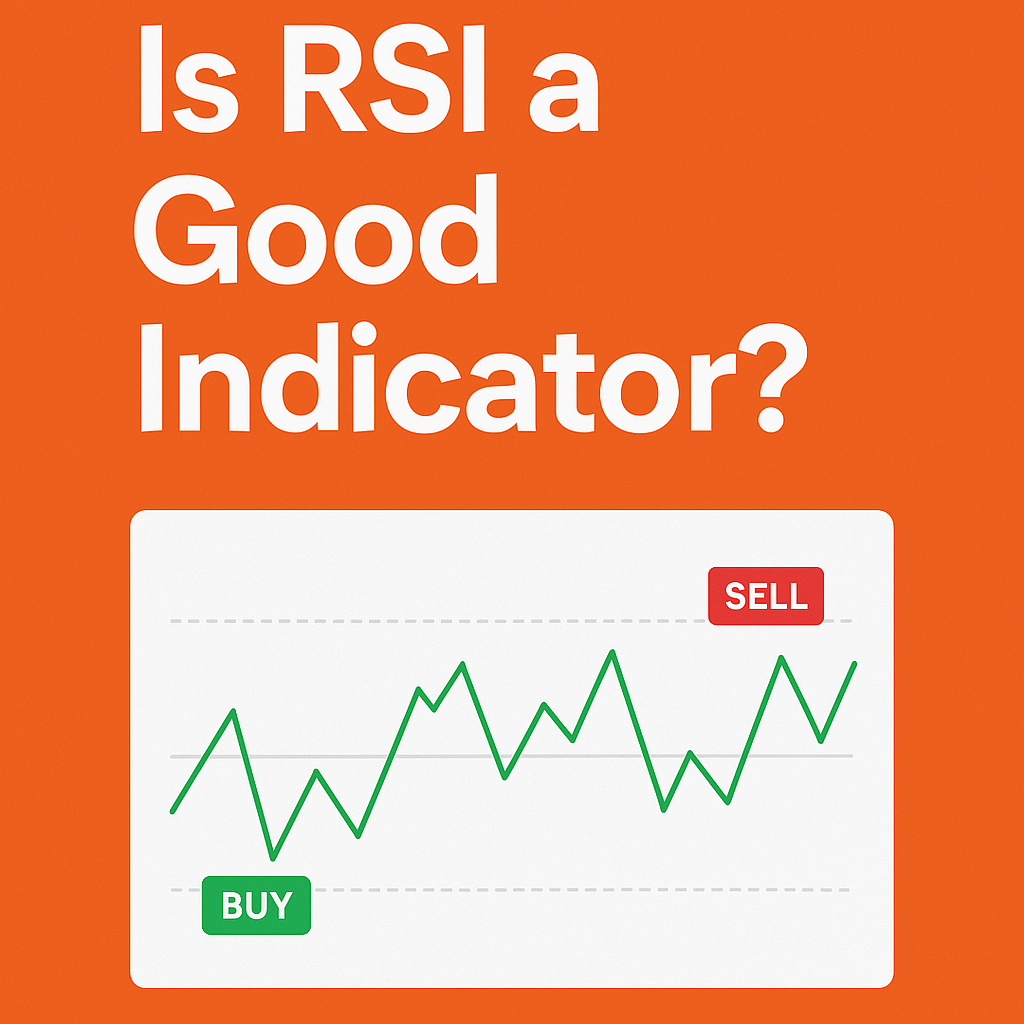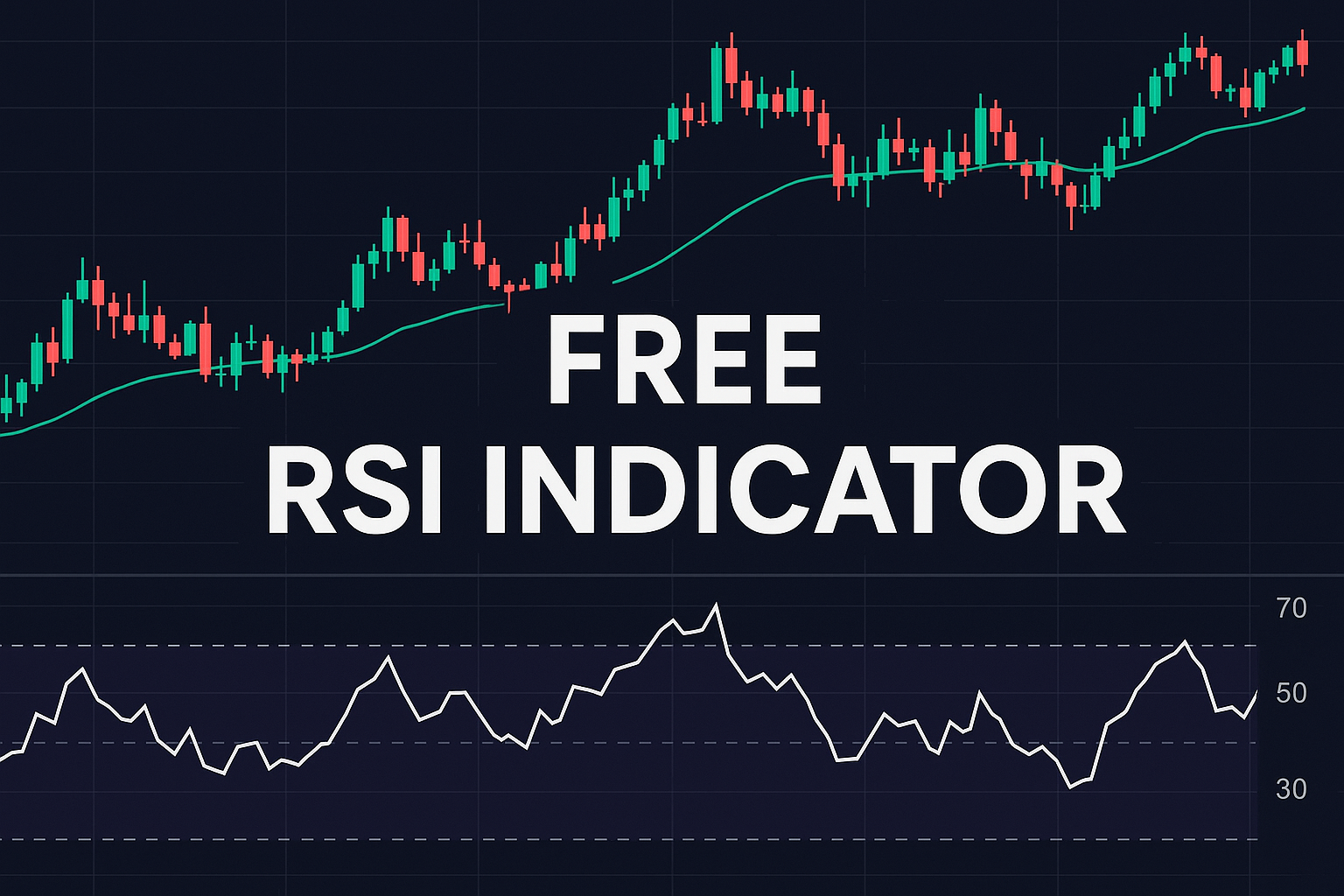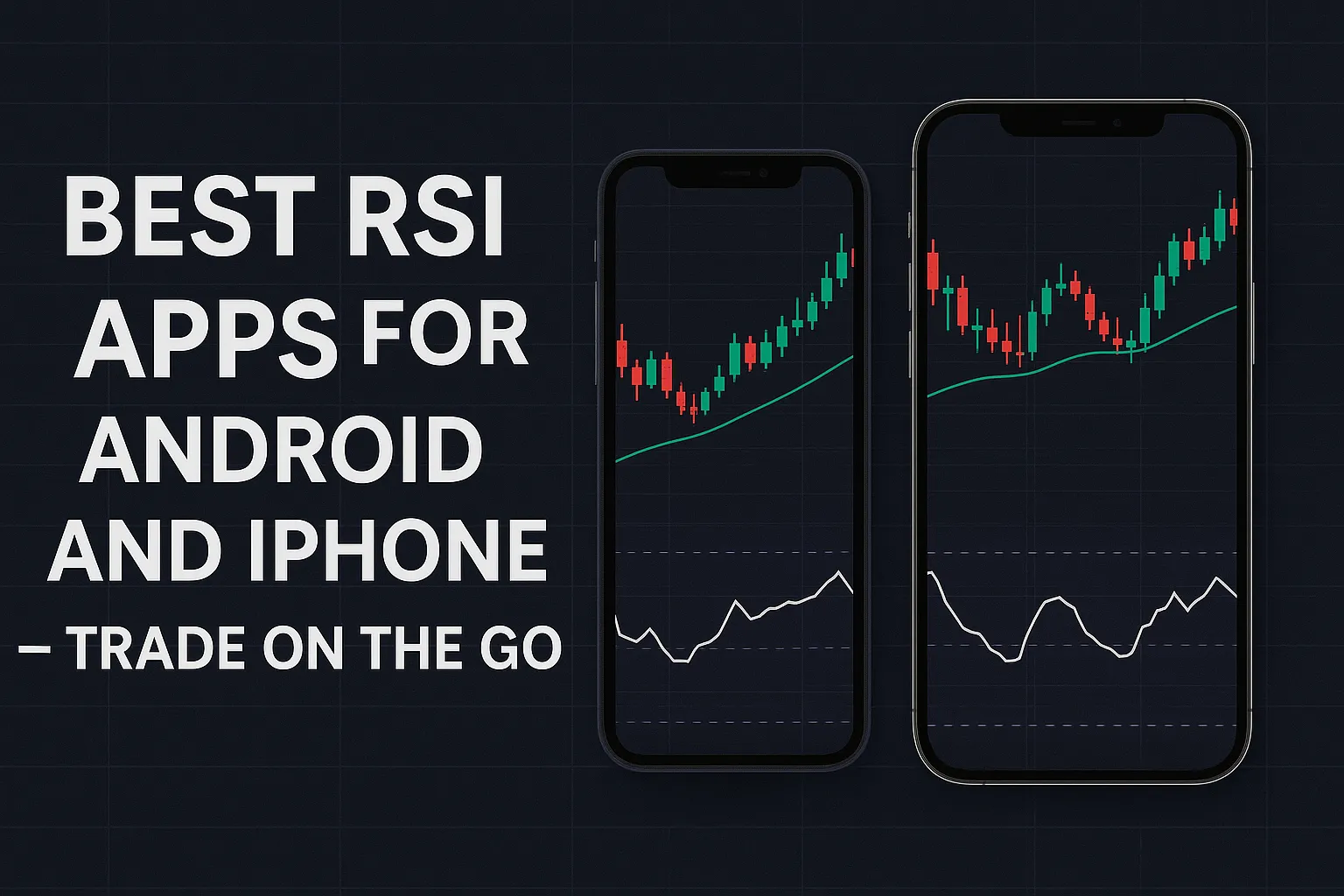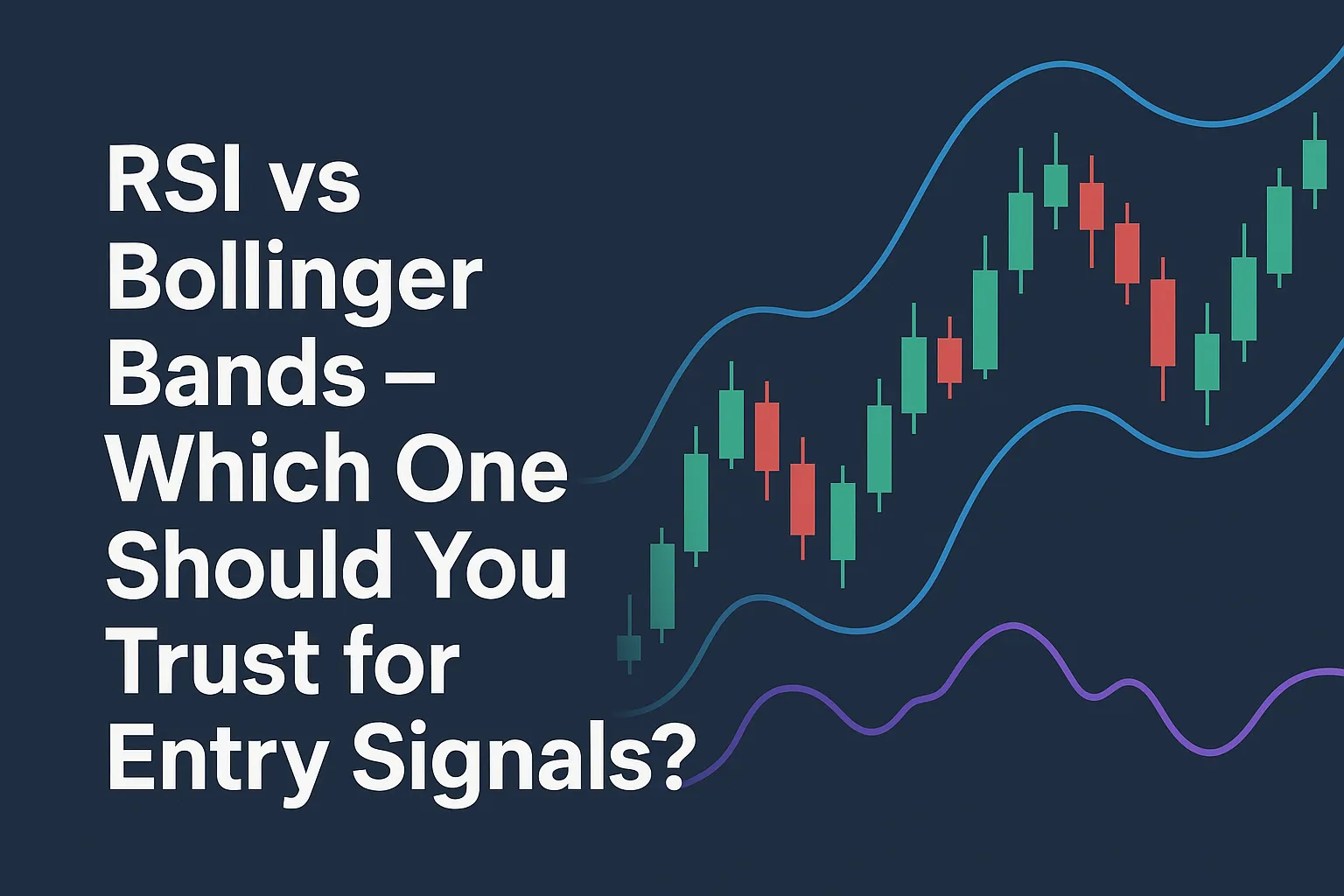The Relative Strength Index (RSI) is one of the most widely used tools in technical analysis. But how effective is it really? Should you rely on RSI alone, or use it with other strategies?
In this article, we’ll break down whether RSI is a good indicator, its strengths, weaknesses, and how to use it the right way.
What Makes RSI a “Good” Indicator?
RSI is considered a good indicator for many traders because it’s:
- Simple to understand – Shows momentum on a 0–100 scale
- Visually clear – Highlights overbought and oversold zones
- Useful across markets – Works for stocks, crypto, forex, and futures
- Versatile – Works on multiple timeframes
RSI Strengths (Pros)
✅ Easy to Use
Even beginners can learn how to use RSI quickly — especially with platforms like TradingView.
✅ Great for Spotting Reversals
RSI helps you identify turning points in the market, especially in range-bound conditions.
✅ Built-In Risk Control
By using 70/30 levels, RSI helps traders avoid chasing extreme price moves.
✅ Works on Any Asset Class
Whether you’re trading BTC, EURUSD, or Apple stock — RSI adapts.
RSI Weaknesses (Cons)
❌ Lags in Trending Markets
In strong uptrends or downtrends, RSI can stay overbought/oversold for long periods — causing false signals.
❌ Needs Confirmation
RSI alone isn’t enough — it works best when combined with price action or support/resistance zones.
❌ Can Be Overused
Many traders rely too heavily on RSI without understanding market structure.
When RSI Works Best
- In sideways or ranging markets
- When price is near key support/resistance levels
- Alongside divergence setups
- As a filter to improve your entries
When RSI May Mislead You
- During strong trends (RSI may stay above 70 or below 30 for a long time)
- If you trade every signal blindly
- Without checking timeframe alignment or volume
Conclusion
Yes, RSI is a good indicator — when used correctly. It’s a valuable tool for identifying momentum shifts, but it shouldn’t be used alone. Combine it with price action, support/resistance, or trendlines to get the most value.
🔍 FAQs
Is RSI better than MACD?
They serve different purposes — RSI shows momentum extremes, MACD tracks trend shifts. Use both together if possible.
Should I trade only based on RSI?
No. RSI is best used as part of a system, not as the only signal.
What is the ideal RSI setting?
14-period is standard. For faster signals, try 9 or 7.





